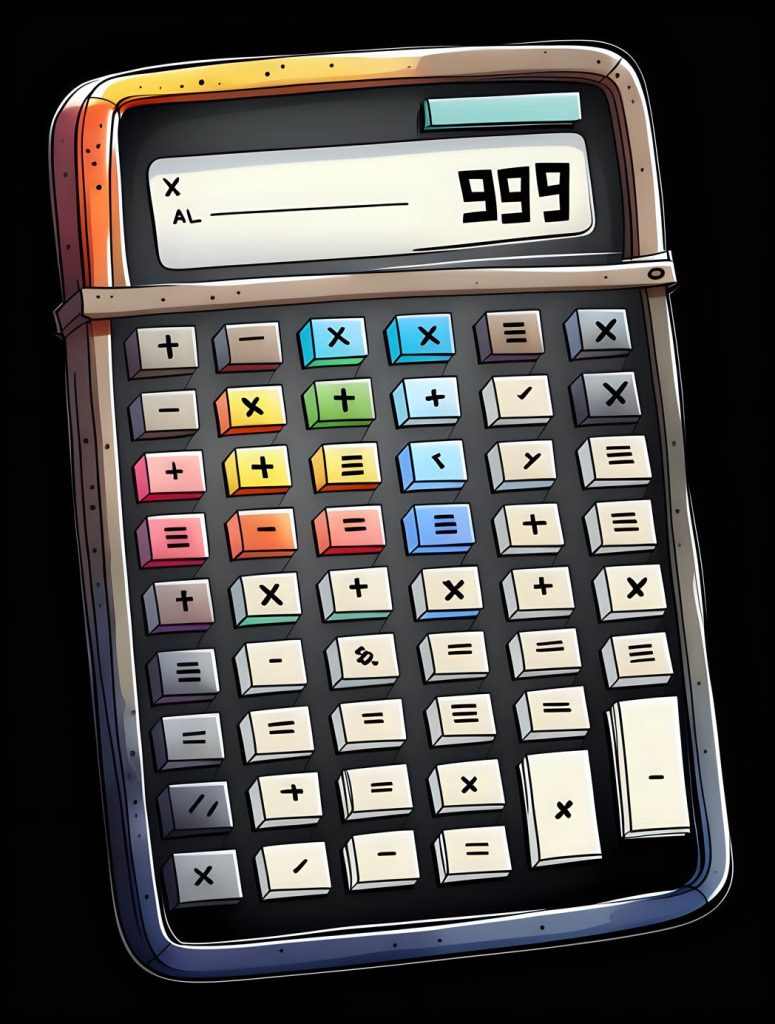
The New Ceramic Recipe Calculator!
(the Glaze calculator is a simple tool to re-size pottery recipes)
Finely it’s finished! So excited to release the WoodFireCeramic.com new Ceramic Recipe Calculator! I’m sure it’s going to be a simple & small & handy tool, at least I going to use it myself, and hopefully, you will find it useful too. This is only a first version, and I plan to add more functionality as time goes on.
Your recipes are not recorded or shared with WoodFireCeramic.com.
Try the Glaze Recipe Calculator Here:
Why re-calculate recipes? Is there a difference between a good recipe and a bad recipe?
It’s handy to write down a recipe to save it for another time or to share it with others. Shure scribbling it down on a piece of paper can do the job, but what if you got 30 recipes? Or 80? It’s practical to be able to compare recipes with each other, and that means they need to be described in the same way.
This is the system I use:
– First I describe the glaze-body as 100%
– Then I describe the effect-materials, related to those 100%
Example:
60g Gerstley Borate
20g Kaolin
20g Quarts
This is the glaze-body described as 100%
5g Iron Oxid
10g Rutil
This is the additional materials added for colors and effects
So the total of this recipe is 115 g.
Obviously; there are weaknesses in this way of organizing glazes. For example; it is not difficult to find materials that belong both in the glaze body recipe and the special-effects recipe. But it’s beneficial you don’t need to write down the glaze from scratch each time you want to change the color.
If you are of the philosophical type(?) you can read more about the nature of receips here
Also, read the material list:
And the page about glazes:
What does the New Ceramic Recipe Calculator really do: The ceramic material properties are re-calculated, but the proportion in the ceramic recipe stays unchanged. So the amount of ceramic glaze changes while the properties of ceramics are identical. Did that make any sense? The total amount of glaze changed, but the properties of the glaze material stayed the same.
Oh man, I really don’t manage to explain it, but give it a try, you figure it out, and it’s easy to use.
I have ambition for a more advanced tool with more functions and possibilities, but for the moment I’m happy to have a first-version calculator (and it works!).